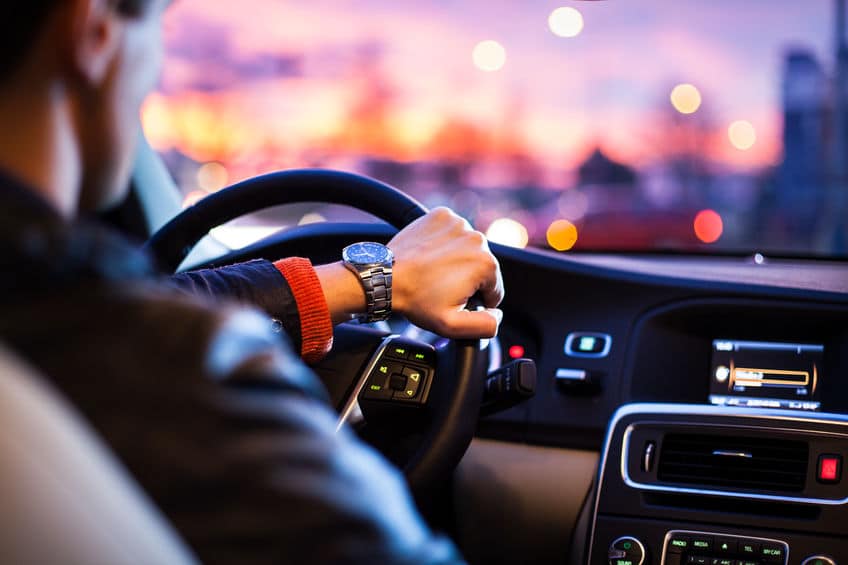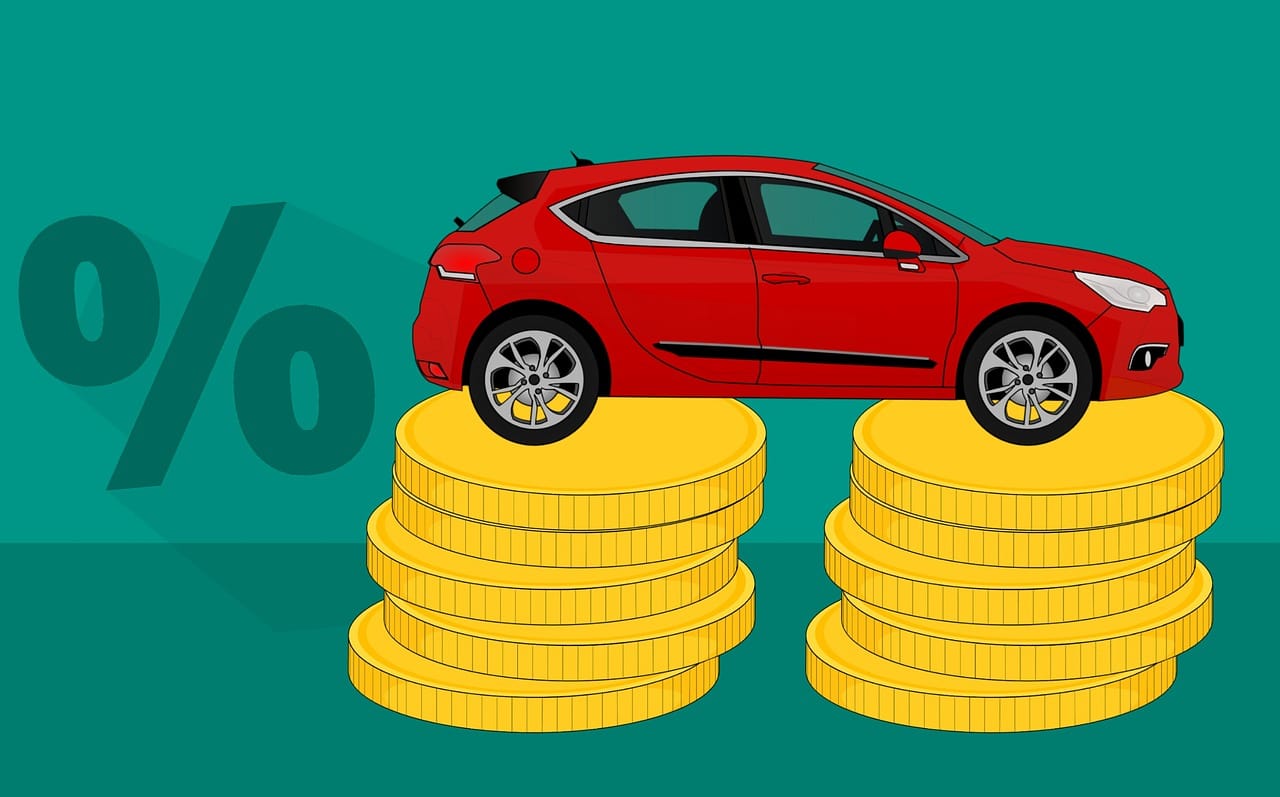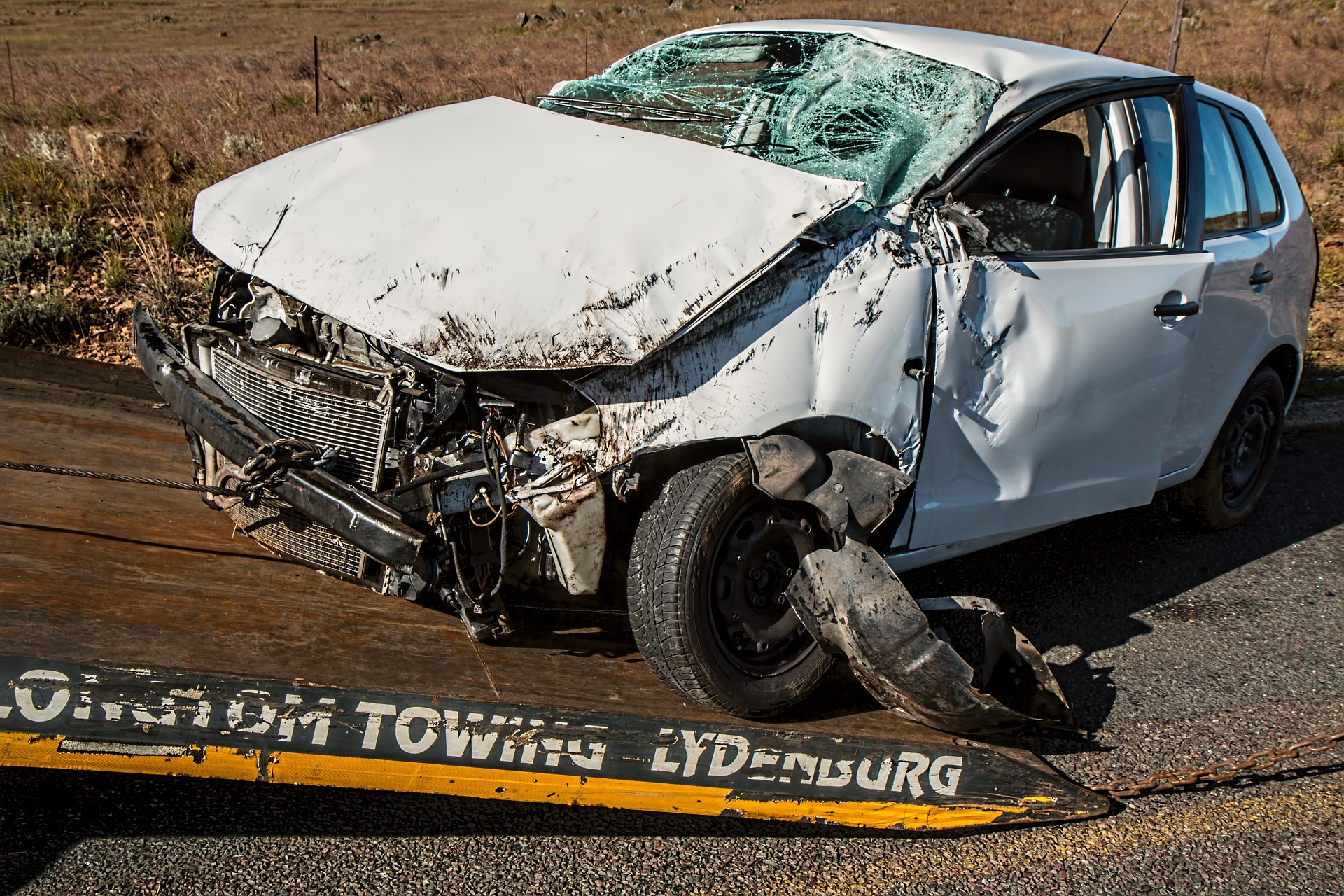
Safest Vehicles for Teen Drivers
Teenagers are, by the numbers, in the most high-risk category of drivers on the roads today. The numbers are actually staggering, even with greater awareness of the risks on the road than ever before, and with more advanced safety technology available in vehicles. It has become ever more important for parents and legal guardians to keep a close eye on the driving habits of teens to prevent future tragedies.
Part of parents’ responsibility involves picking the right car to get your teen driver around. It’s important to understand that some vehicles are much safer than others, and your choice of auto, be it a car, truck or SUV, can make a huge difference in preventing harm to your teenaged operator. With that in mind, let’s check out the safest vehicles for teen drivers as presented by the IIHS and a number of other third-party organizations, and where you can get additional protection.
Teen Driver Accident Statistics
Every teenager is eager to get hold of a set of keys and get out on the roads. Driving means freedom, and that’s something every teenager craves. Unfortunately, according to the IIHS, teens are three times more likely to get into an accident than adult drivers. In 2016 alone, there were almost 3,000 fatalities among teen drivers, with thousands more suffering severe injuries. In fact, almost 300,000 teens were treated in emergency rooms after suffering a motor vehicle crash.
That means that in the year 2016, six teens died every single day from a car crash, and hundreds per day were seriously injured. The biggest causes of teen accidents were distracted driving, underage drinking and critical errors caused by inexperience.
Teens and Distracted Driving
Distracted driving remains the number one cause of accidents, especially among teenagers. Nearly 1/3 of all teens admit to having sent an e-mail, text or other direct message while driving. A full 12 percent of distracted drivers involved in fatal accidents are aged between 15 and 19 years old. Speaking on a cellular phone doubles the chance of an accident. It also slows the reflexes of a teen driver to the level of reflexes of a decades older driver.
The largest percentage of distracted drivers on the road today are under the age of 20, with 56 percent of teens admitting to cell phone use while driving, 13 percent admitting to habitual texting when behind the wheel and 34 percent admitting they occasionally engage in the practice. Almost half of all teens admit to having been in a car when the driver was texting.
Underage DWI Statistics
Underage drinking and driving is another major problem. According to MADD, almost 25% of fatal accidents involving teens involve drinking and driving. Between six and 15 percent of teens admit to having gotten behind the wheel after drinking. The numbers break down to 8.2 percent of high school students admitting as much, with 5.8 percent of those between the ages of 16 and 17. Of students between the ages of 18 and 20, 15.1% admit to drinking and driving.
What’s more, 33 percent of all young drivers who die from car crashes are discovered to have a blood alcohol content of at least .01, and 28 percent have a BAC of at least .08. Almost 70 percent of those involved in these accidents weren’t wearing seatbelts. Among all of those who died in fatal crashes, 27 percent were males who had been drinking, and 15 percent were females who had been drinking.
Critical Errors and Inexperience
Finally, over 75 percent of all teen crashes are caused by the teen committing a critical error, often due to inexperience. Distracted driving certainly is responsible for a number of these errors, but two other causes are:
- Teens failing to scan the road for hazards and react to them.
- Going too fast for road conditions.
In fact, many teens get their driver’s licenses while they are still seriously deficient in important driving skills. This makes them a greater risk to themselves, to their passengers and to others on the road than a more experienced driver would be. Most commonly, accidents involve teens making a left turn, rear-ending another vehicle or running off the road.
Choosing the Safest Vehicles for Teen Drivers
The Insurance Institute for Highway Safety is well known for its annual reports regarding the safety of almost every car on the roads in the U.S. The first thing to do to pick the safest vehicles for teen drivers is to check for an IIHS Top Safety Pick or Top Safety Pick+ rating on any car, truck or SUV you purchase.
Besides checking safety scores, some basic guidelines for choosing a safe vehicle for your teens are to avoid powerful engines, go for larger vehicles and look for intelligent safety technology. Cars that have high horsepower engines are a big no-no for teens. The more powerful the engine, the more temptation there is to drive fast.
Larger vehicles are not only less tempting in terms of speeding, but they tend to protect better when the driver is involved in a crash. Not a single small or minicar made the IIHS list of recommended vehicles for teens. Advanced intelligent safety technology is a must; many cars now come with teen driver modes that can restrict speed and monitor curfews, among other features like adaptive cruise control, lane keeping and crash avoidance.
The IIHS has catalogued an extensive list of vehicles that are safe for teens, organized by price (under $20,000, under $10,000) and class (midsize cars, large cars, small SUVs, midsize SUVs, large SUVs, minivans, small pickups and large pickups). This list is an outstanding starting point.
Highlights of the IIHS List
In the large cars category, the IIHS lists the Toyota Avalon, the Buick LaCrosse, and the Volvo S80 as outstanding choices. In the midsize car category, the Volkswagen Jetta, Mazda6, Kia Optima and Buick Verano are listed, among others.
When it comes to SUVs, the small SUV category lists entries like the Jeep Patriot, Toyota Rav4, Mazda CX-5 and Volkswagen Tiguan. The midsize SUV segment offers up the Chevy Equinox, GMC Terrain, Kia Sorento and Ford Edge, among others. Large SUVs include the Chevy Traverse, GMC Acadia and Buick Enclave.
In terms of minivans, a number of options are included, such as the Toyota Sienna, Honda Odyssey and Dodge Grand Caravan. In the pickup truck category, the Ford F150 SuperCrew (crew cab) is listed, as is the Toyota Tundra Double Cab configuration.
Other Sources of Information
The IIHS may be the most respected source of information for such vehicles, but other highly-regarded resources are available as well. Forbes, for example, publishes a list of the safest used cars for young drivers which covers both new and pre-owned vehicles. Of their top eleven choices, they recommend five different vehicles from Subaru, including the Impreza and Legacy, as well as the XV Crosstrek or Outback. The Forester also makes their list.
In addition, Forbes provides a number of tips, tricks and pieces of advice for choosing the right model which go beyond safety, such as getting a car history report, running the VIN and checking to see if you can transfer the factory warranty when you buy a pre-owned vehicle.
Consumer reports also offers a list of the best new cars for teens and a list of the best used cars for teens. Again, these lists may differ from that offered by the IIHS and use different criteria for making the right choice. Both lists, however, do agree with the IIHS that active intelligent safety features are essential, including front crash warning, automatic emergency braking and others.
Like the IIHS, the CR reports also recommend avoiding sports cars and vehicles with big, beefy engines. Unlike IIHS, however, CR recommends against large vehicles like pickup trucks, full-size SUVs and minivans. The reason given is that they are harder to handle and can carry large numbers of passengers, which can create a distraction.
One advantage of looking into CR’s report is that they gather data on over half a million vehicles and then make their recommendations based on this compiled data, which takes all aspects of the vehicle into account — its handling, passive and active safety features, recall information and more.
Other potential lists to check out are those published by USA Today and US News and World Report. In general, if you can find a vehicle that appears on most or all of these lists, it’s likely a great choice.
Get the Right Insurance
Of course, even after you’ve chosen the best vehicle for your teen, you will need auto coverage for them. The right insurance won’t just protect the car, but the driver, passengers and anyone else that might be harmed in an accident. A comprehensive auto insurance package will cover bodily injury to others, damage to your vehicle, property damage caused to others, towing costs, rental reimbursement, personal injury protection, underinsured or uninsured motorist coverage and other protections.
If you’ve perused lists of the safest vehicles for teen drivers and would like to start building the perfect insurance policy for your teenager, Harris Insurance can help. Get in touch with us for more information or to get started today.




